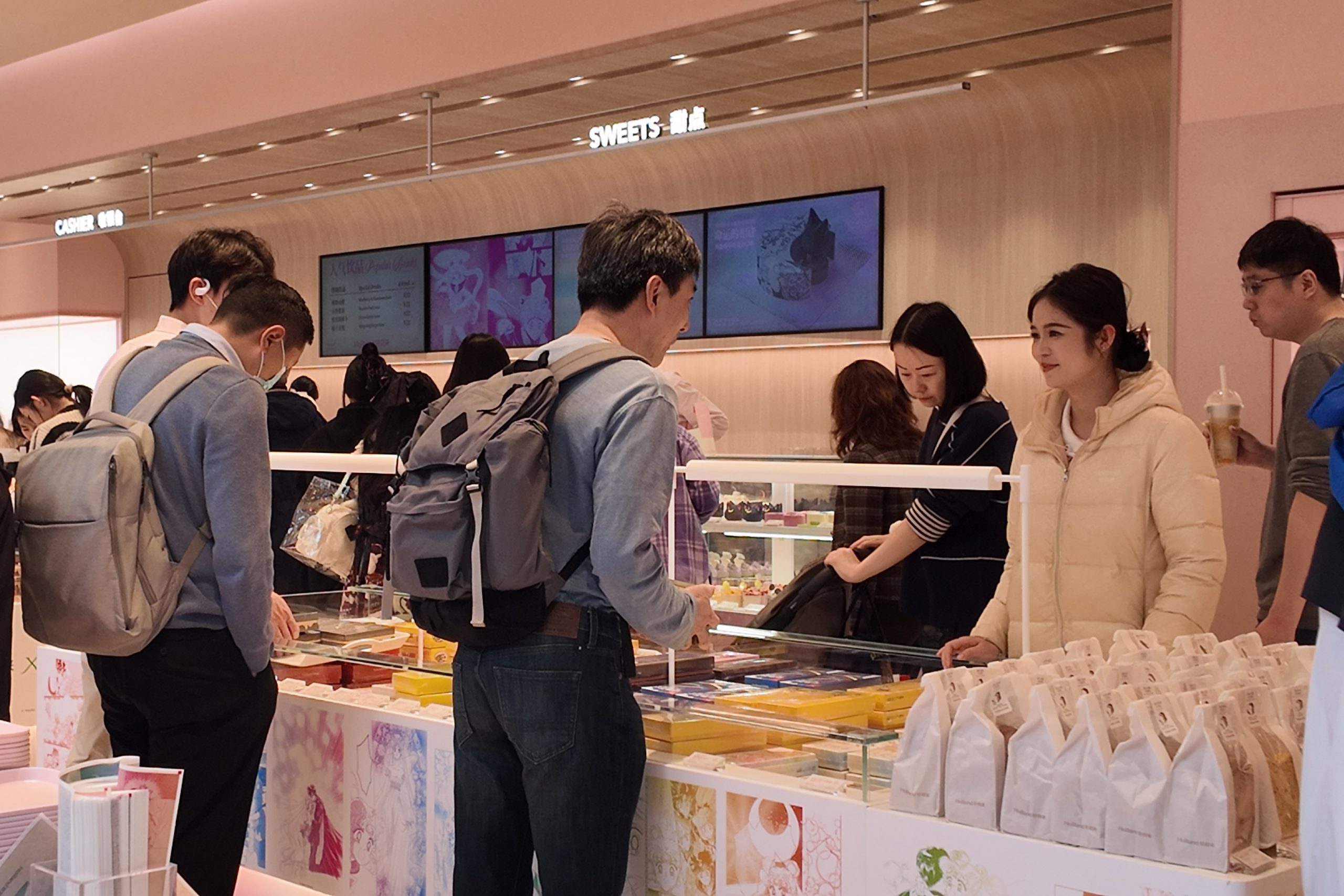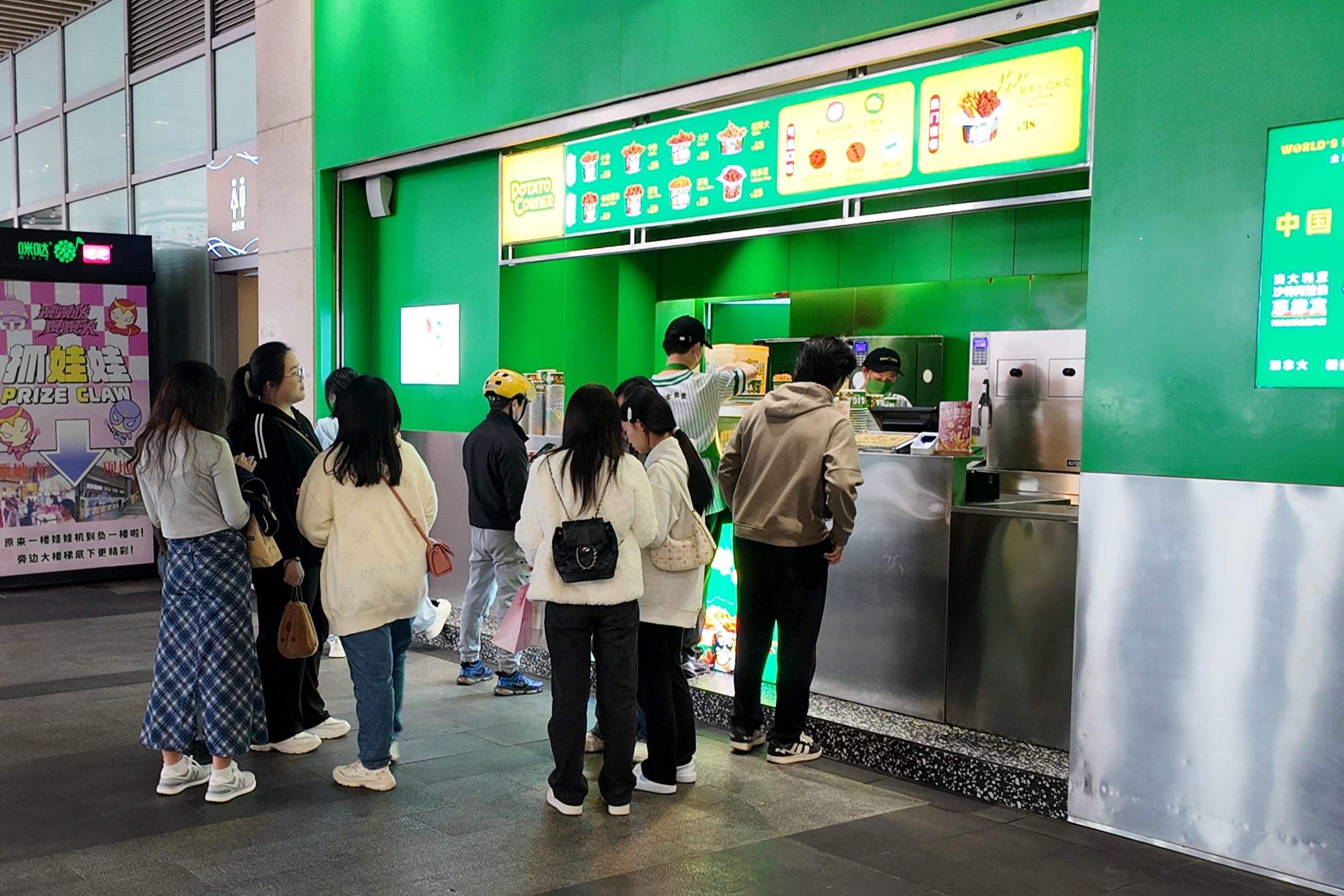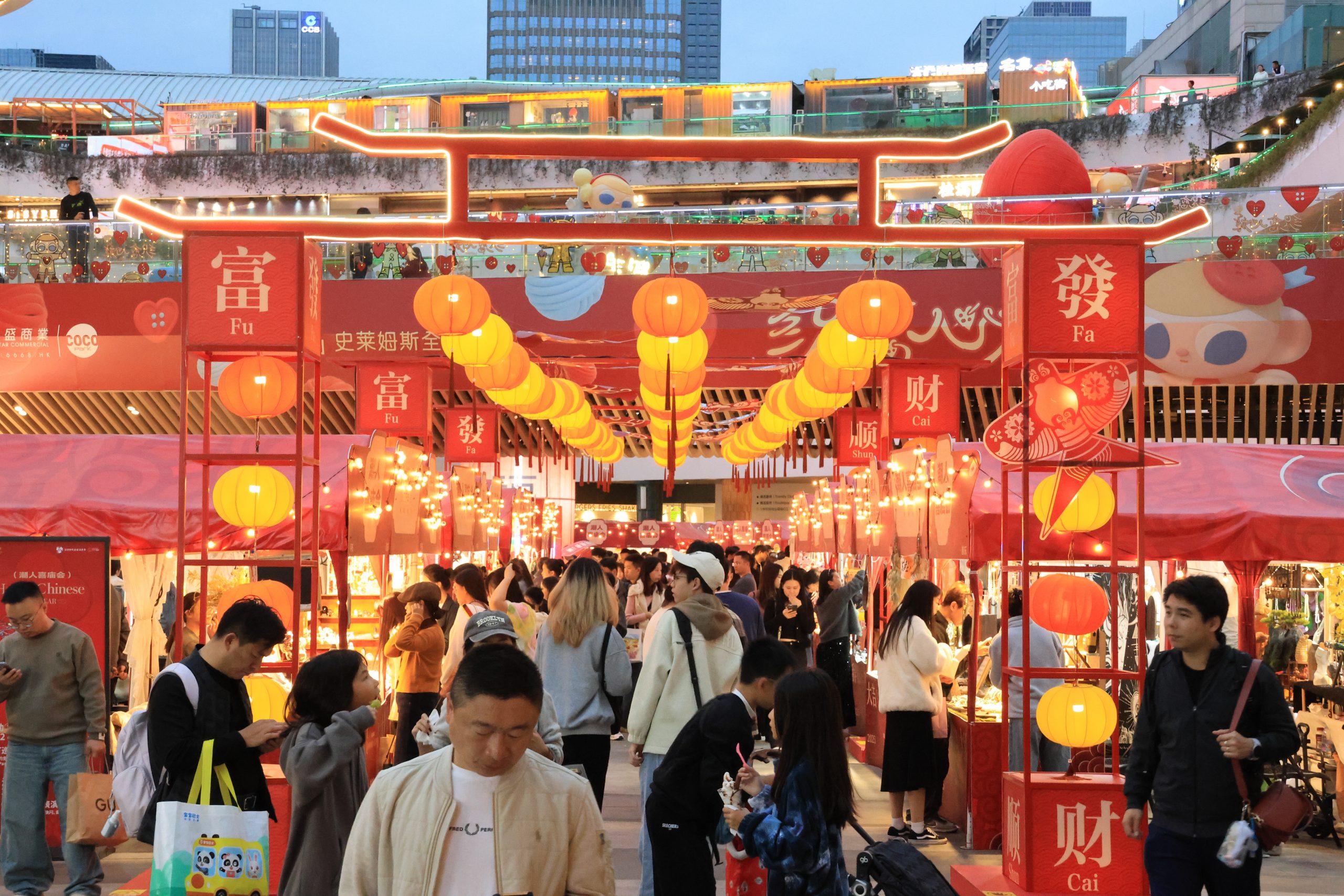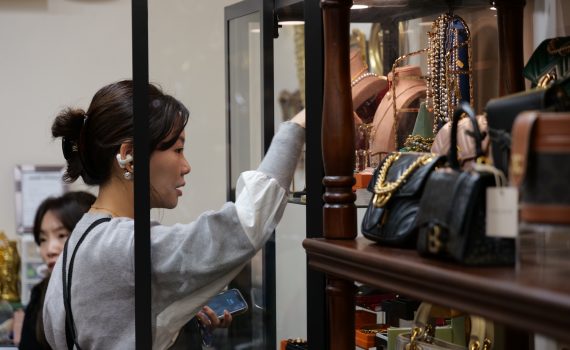On a typical Sunday evening, Jack Kwan from Hong Kong, 32, is waiting to be seated at a well-known hot pot restaurant in Shenzhen.
During peak dining hours, crowds gather at the restaurant’s entrance to look at the menu. They wait patiently until their queue number is called.
Kwan sips on the chrysanthemum tea, provided by the restaurant for those who are waiting to be seated.
“I feel time passes faster when queuing here with tea provided. It is much more relaxing. We do not experience this level of convenience while queuing in Hong Kong,” he said.

Kwan goes to Shenzhen to try out different cuisines once or twice a month. After COVID-19, heading north to eat has become a popular trend for Hongkongers on weekends.
Shenzhen restaurants often offer lower prices, which attracts more Hong Kong diners and makes them more competitive than restaurants in Hong Kong, especially during weekends and holidays.
In 2024, over 52 million Hong Kong residents travelled through Lo Wu Port, one of the 16 border checkpoints connecting the two cities, an increase of 68% compared to the previous year, according to the Hong Kong Immigration Department.
Jason Wu, 26, who went to Shenzhen for the first time during the recent Lunar New Year holidays, said the disparities in income and consumption levels in the two cities make cross-border dining a better choice for him.
“Hong Kong has a higher wage level and a stronger consumption capacity than Shenzhen, but Shenzhen’s price level is lower than Hong Kong,” he said.
Government data shows that the median monthly wage for a Hongkonger was HK$20,500 in 2024. On the ranking of cost of living of cities worldwide, Hong Kong tops the list while Shenzhen ranks 34th, according to Mercer’s report.
“I am pretty attracted by the affordable food prices in Shenzhen. Generally, a meal in Shenzhen is about 15% cheaper than in Hong Kong, whether on weekends or during public holidays. So I would like to earn money in Hong Kong but spend it in mainland China,” Wu added.

Apart from the prices, Kwan said Shenzhen restaurants deliver more considerate service to diners, an area where their Hong Kong counterparts fall short of.
“In Shenzhen restaurants, chairs, drinks, and candies are often offered while customers are queuing. Even if there are many people waiting outside, servers still keep a friendly and polite attitude,” he said.
“Relatively speaking, Hong Kong restaurants usually focus on efficiency. If customers fail to get a seat on arrival, they need to stand by and wait on their own,” Kwan added.
Jane Lau, 22, who visits Shenzhen for dining once per month, said the most interesting thing is to explore various cuisines.
“I was surprised by the Dongbei dumplings and Xinjiang spicy chicken in Shenzhen. The flavours are authentic and the food options are varied,” she said.
Lau said Shenzhen has more Chinese cuisines. “Hong Kong’s image as a food paradise relies more on international cuisines for its diversity. I just want to try more different food,” she added.

Lin Xuxiang, 24, who has been working in a local restaurant for three years, said Hongkongers heading north for dining is inevitable and the trend of losing customers would continue.
“We have made small price cuts and more promotions, but it did not work well as expected,” he said.
Lin said restaurant sales on weekdays are not affected.
“What we compete with Shenzhen is mainly the consumer flow during holidays and weekends,” he said.

“Take hosting friends as an example. Young people may prefer Shenzhen since they have the energy to support cross-city transport. They tend to try new food that is more cost-effective. However the elderly may stick to local traditional restaurants, such as tea houses. Although meals in a Cantonese restaurant cost more, this group of people have savings to afford them,” Lin said.
During the Lunar New Year, the restaurant that Lin works for welcomed many local customers who enjoyed Cantonese dishes with their families and friends.
Lin said the amount of local customers was similar to last year.
“I don’t think Hongkongers’s willingness and habit to consume something traditional will change much, even under this trend,” Lin added.
Kwan also hopes that local people can have more time to enjoy the dining culture in the future.
“The change is not a totally negative thing,” Kwan said. “At least it reflects some of our Hong Kong residents can still afford and are willing to spend after the pandemic. We just want to live in the present and get pleasure from food tours.”
“Sometimes, once you enter a local restaurant in Hong Kong, you may feel pressured to finish your meal as soon as possible to free up your table for others. Hong Kong is characterized by its fast pace of life. But when there is time, just forget about time and savour the tea in front of you,” he added.
《The Young Reporter》
The Young Reporter (TYR) started as a newspaper in 1969. Today, it is published across multiple media platforms and updated constantly to bring the latest news and analyses to its readers.

Animal rights group protests against animal cruelty outside Hong Kong International Fur & Fashion Fair

Luxury bags and wedding gowns lead the rental fashion craze




Comments